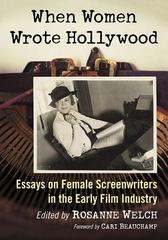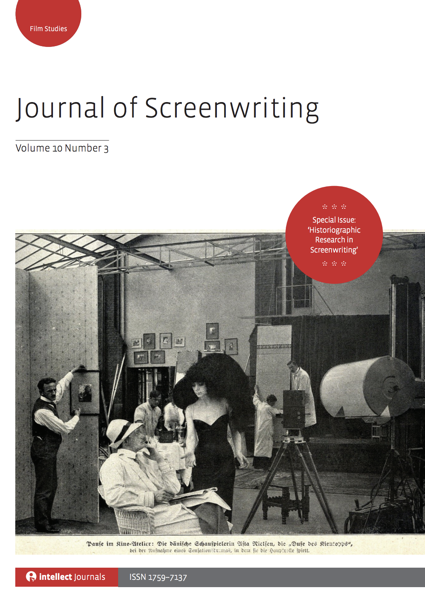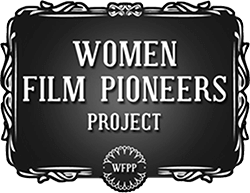Watch this entire presentation
Subscribe to Rosanne’s Channel and receive notice of each new video!
Transcript:
If you censor the storytellers you’re going to censor the stories and that’s why we get such a small block of stories that are repeated over and over and over again, right, and this makes me crazy. Stories equal culture. So if we censor the stories, we are censoring these moments of culture. We’re not allowing people to learn about these other people and their struggles, which is what art has always been about, right, about highlighting these ideas. Now, this is where we come to streaming because streaming services are finally our chance to show all the many cultures of the world to each other, right? You can’t really block them, which I think is fascinating.
Watch this entire presentation
A Note About This Presentation
A clip from my keynote speech at the 10th Screenwriters´(hi)Stories Seminar for the interdisciplinary Graduation Program in “Education, Art, and History of Culture”, in Mackenzie Presbyterian University, at São Paulo, SP, Brazil, focused on the topic “Why Researching Screenwriters (has Always) Mattered.” I was especially pleased with the passion these young scholars have toward screenwriting and it’s importance in transmitting culture across the man-made borders of our world.
To understand the world we have to understand its stories and to understand the world’s stories we must understand the world’s storytellers. A century ago and longer those people would have been the novelists of any particular country but since the invention of film, the storytellers who reach the most people with their ideas and their lessons have been the screenwriters. My teaching philosophy is that: Words matter, Writers matter, and Women writers matte, r so women writers are my focus because they have been the far less researched and yet they are over half the population. We cannot tell the stories of the people until we know what stories the mothers have passed down to their children. Those are the stories that last. Now is the time to research screenwriters of all cultures and the stories they tell because people are finally recognizing the work of writers and appreciating how their favorite stories took shape on the page long before they were cast, or filmed, or edited. But also because streaming services make the stories of many cultures now available to a much wider world than ever before.
Many thanks to Glaucia Davino for the invitation.
* A portion of each sale from Amazon.com directly supports our blogs
** Many of these books may be available from your local library. Check it out!
† Available from the LA Public Library
Podcast: Play in new window | Download
Subscribe: RSS
![31 If You Censor Storytellers…You Censor Culture from Why Researching Screenwriters Mattered [Video] (36 seconds)](https://rosannewelch.com/wp-content/uploads/2020/10/rmw-sao-paolo-31.png)




![30 Michael Wilson – Censored from Why Researching Screenwriters (has Always) Mattered [Video] (34 seconds)](https://rosannewelch.com/wp-content/uploads/2020/10/rmw-sao-paolo-30.png)



![29 Screenwriters Are Important from Why Researching Screenwriters (has Always) Mattered [Video] (52 seconds)](https://rosannewelch.com/wp-content/uploads/2020/09/rmw-sao-paolo-29.png)
